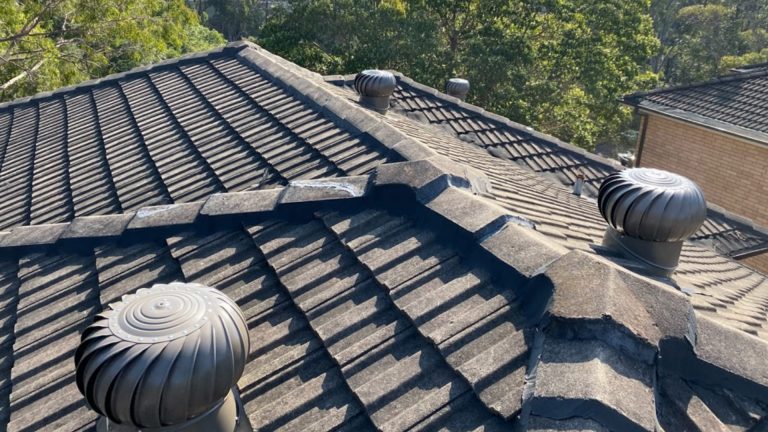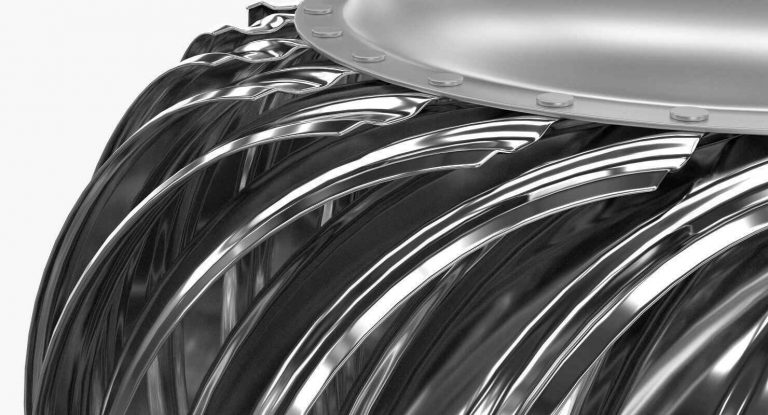Elevating Australian Homes: The Comprehensive Guide to Modern Roofing Solutions


Rain Heads Custom Made Shipped Free Australia Wide – Click Here >
Dambuster Rain Heads Shipped Free Australia Wide – Click Here >
Commercial Industrial Roof Vents 300mm-950mm – Click Here >
Eco-Friendly Roofing Insulation Shipped Free – Click Here >
Gutter Sumps Shipped Free Australia Wide – Click Here >
Australia is a land of diverse climates, from the arid landscapes of the outback to the subtropical coasts. Each unique environment comes with its own set of challenges for residential and commercial buildings, particularly in terms of roofing. This article aims to educate and motivate Australian homeowners, builders, and architects to make informed decisions in regard to weather-resistant fibreglass roofing, energy rebates for roof insulation, smart roof ventilation systems, and much more.
Weather-Resistant Fibreglass Roofing
Fibreglass roofing has gained immense popularity in Australia due to its durability, light weight, and aesthetic appeal. Notably, fibreglass sheeting with UV coating is perfect for combating Australia’s harsh sun, especially in sun-drenched states like Queensland. The Australian Standard AS/NZS 4256.3:2006 outlines the requirements for fibreglass sheeting, ensuring its long-term weather resistance and structural integrity1.
Energy Rebates for Roof Insulation
Insulation is vital in Australia’s weather extremes, and fortunately, many states offer energy rebates for roof insulation to promote energy efficiency. For example, Victoria’s Solar Homes Program provides rebates for installing solar panels and insulating your home2. Roof insulation thickness options vary, but typical Australian standards recommend a minimum R-value of 4.1 in cooler climates like Tasmania and an R-value of 2.8 in hotter areas like Northern Territory3.
Smart Roof Ventilation Systems
Smart roof ventilation systems are the future, particularly solar-powered whirlybirds with sensors. These are highly efficient at temperature control and are recommended in regions with fluctuating climates like New South Wales. Advanced features such as automated sensors enable the device to operate only when needed, conserving energy4.
Box Gutter Design Guidelines
Box gutters are commonly used in Australian architecture but are often the cause of serious water damage if improperly designed. In accordance to the Plumbing Code of Australia (PCA), box gutters must be designed to cope with a 1 in 100-year average recurrence interval (ARI) storm event5. DIY box gutter installation can be risky; professional consultation is advised.
Air Quality Improvement Roof Vents and Toilet Ventilation Building Regulations
Poor air quality and inadequate ventilation can significantly impact health. In spaces like toilets and laundry rooms, this becomes critical. The Building Code of Australia sets toilet ventilation health standards and ventilated laundry room design guidelines to ensure effective exhaust and intake systems6. Air quality improvement roof vents can serve dual purposes in enhancing indoor air quality while also contributing to energy efficiency.
Cost-Benefit Analysis of Roof Ventilation
When investing in roof ventilation, it’s important to weigh the initial costs against long-term benefits. While solar-powered whirlybirds with sensors may cost more upfront, they can lead to energy savings in the long run, especially if you live in South Australia where summers are scorching7.
Roofing Material Warranty Comparison
Different materials come with different warranties. For example, fibreglass roofing often comes with a 20-25 year warranty, whereas traditional asphalt shingles might only offer a 15-year warranty8. Always perform a detailed comparison to make the best choice for your specific location and needs.
Skylight Roof Vent Installation
Adding a skylight not only enhances natural light but can also serve as an additional vent. This is particularly helpful in dark and damp areas like bathrooms. However, installation should comply with the Australian Building Codes Board (ABCB) guidelines to ensure it meets safety standards9.
Heat Reflective Roof Coating
Heat reflective roof coatings are highly effective in keeping your home cool during the summer. These coatings reflect the sun’s rays and reduce heat build-up, and are particularly beneficial in Western Australia where summers can be exceptionally hot10.
Rainwater Head Downpipe Options
Rainwater systems are crucial in water management, particularly in states with high rainfall such as Queensland and New South Wales. The National Construction Code (NCC) offers guidelines on the dimensions and installation procedures for rainwater head downpipes11.
Static Vent Roofing Systems
Static vents are an alternative to dynamic ventilation systems like whirlybirds. They don’t have moving parts and are easier to install, making them a good option for DIY enthusiasts. However, static vent roofing systems are generally less effective at moving large volumes of air compared to their dynamic counterparts[^12^].
Toilet Ventilation Health Standards
The Australian Standard AS 1668.2-2012 outlines the guidelines for mechanical ventilation in buildings, which includes standards for toilet ventilation[^13^]. Inadequate toilet ventilation can lead to mould growth and poor indoor air quality, posing significant health risks.
Ventilated Laundry Room Design
Laundry rooms require effective ventilation to prevent mould growth and eliminate moisture. Refer to the Building Code of Australia (Section F4) for specific ventilation requirements for laundries[^14^].
DIY Box Gutter Installation
While it may be tempting to install box gutters yourself, it’s critical to comply with Australian standards and building codes. Incorrect installation can lead to water damage, so it’s often better to consult professionals for this task[^15^].
Conclusion
Roofing is not just an architectural feature; it’s an integral part of your home’s efficiency, safety, and comfort. Australians need to consider a multitude of factors— from weather-resistant materials to energy-efficient ventilation systems. With government incentives, technological advancements, and a variety of options available, there has never been a better time to invest in smarter, more efficient roofing solutions for Australian homes.
References
Footnotes
- Australian Standard AS/NZS 4256.3:2006, “Plastic roof and wall cladding materials – Fibre-reinforced plastics” ↩
- Solar Homes Program, Victorian Government: Solar Homes Program Website ↩
- “Insulation: First Stop for Energy Efficiency,” Australian Government: YourHome Website ↩
- Smart Roof Ventilation Systems: An Overview, CSIRO Australia: CSIRO Report ↩
- Plumbing Code of Australia (PCA), Box Gutter Design: PCA Guidelines ↩
- Building Code of Australia, Ventilation Guidelines: ABCB Website ↩
- Cost-Benefit Analysis of Roof Ventilation Systems, University of South Australia: UniSA Research ↩
- “Roofing Material Comparison,” Choice Australia: Choice Website ↩
- Australian Building Codes Board, Skylight Installation: ABCB Skylight Guidelines ↩
- Heat Reflective Coatings, Western Australia Government: WA Government Website ↩
- National Construction Code (NCC), Rainwater Systems: [ABCB NCC Guidelines](https://ncc.abcb.gov.au/ ↩


